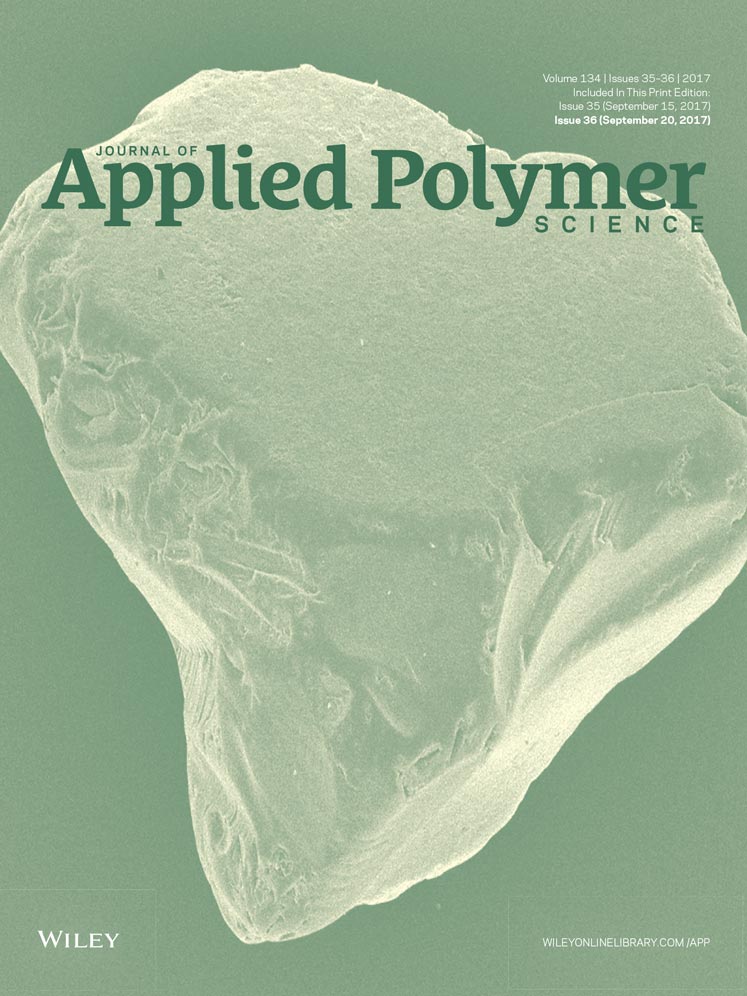Toward a better understanding of the emulsion polymerization of butadiene. I. Continuous conductivity measurements
ABSTRACT
Continuous conductivity measurements were performed during the batch emulsion polymerization of butadiene along with kinetic and particle size measurements. The critical monomer conversion was obtained around 55% and the rate of polymerization was correlated to the surfactant concentration with an exponent of 0.35 which was not in agreement with the exponent offered by Smith and Ewart. In addition, the evolution of some particle-related quantities such as particle size and number of particles during the three intervals of the emulsion polymerization and their agreements with Smith-Ewart mechanism were investigated. The behavior of conductivity in the emulsion polymerization of butadiene normally containing a buffering agent was found to be completely different from the unbuffered one. Comparison of the conductivity profiles with the kinetic and particle-related quantities represented that the conductivity of the reaction mixture is very sensitive to the changes in the particle size so that any small change in the forms of nucleation, growth, and coagulation is clearly observed in the conductivity profiles. Furthermore, the conductimetric data are capable of determining some important points during the polymerization such as the beginning of the reaction that can be important from the industrial process control point of view. © 2017 Wiley Periodicals, Inc. J. Appl. Polym. Sci. 2017, 134, 45262.




